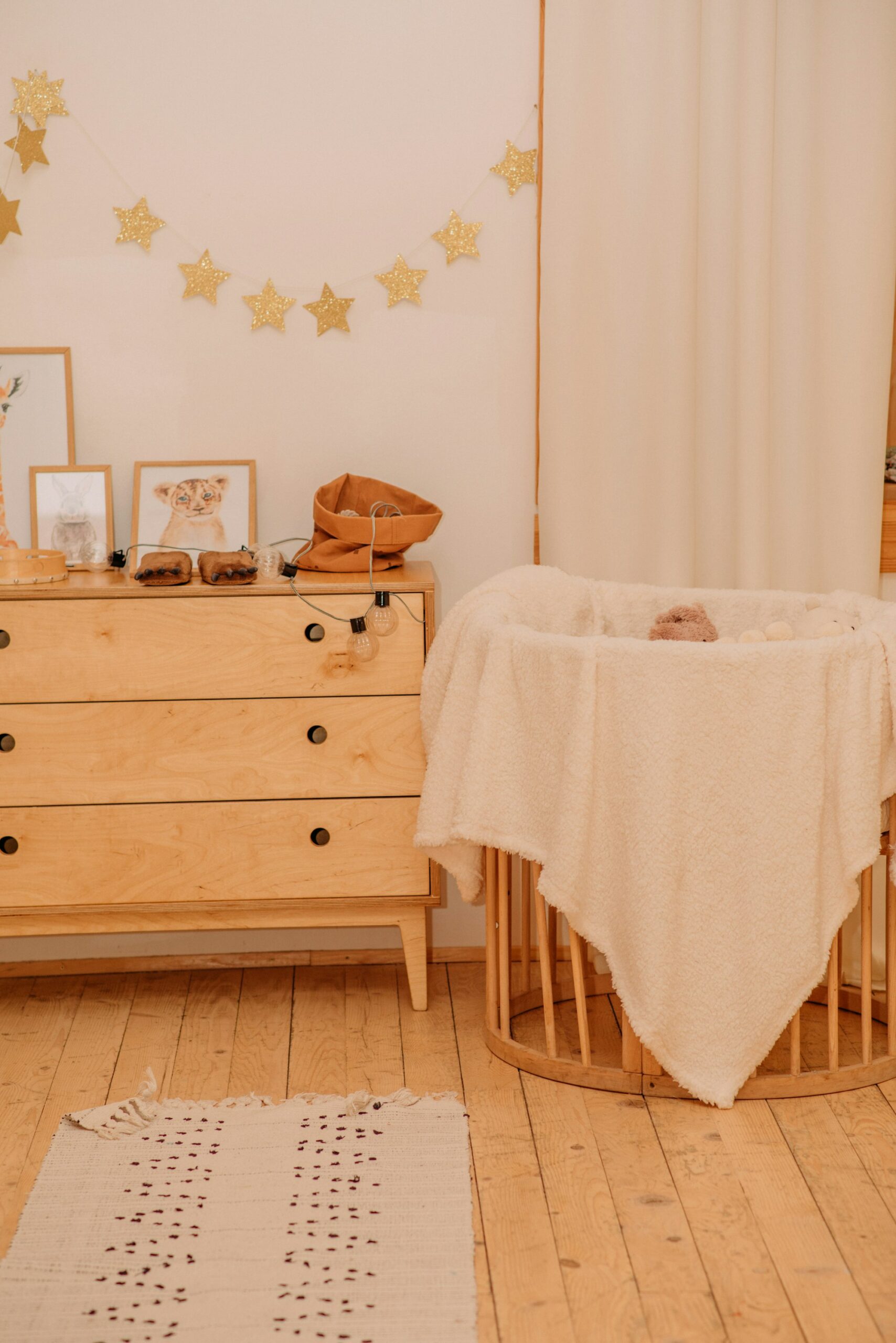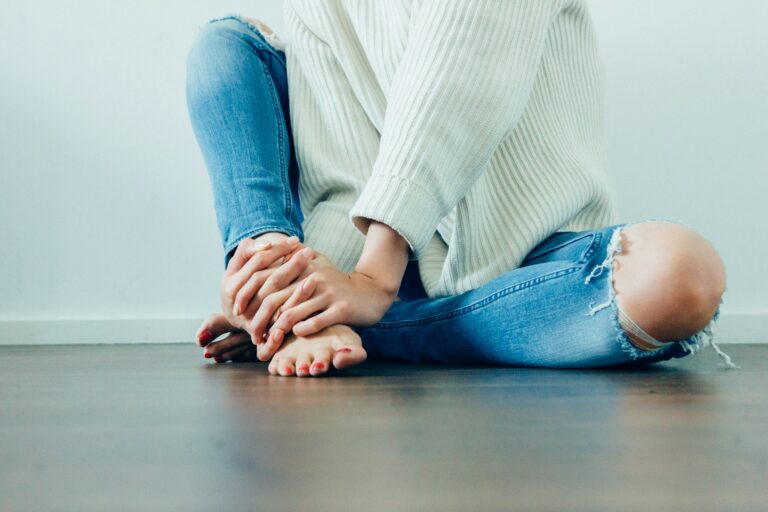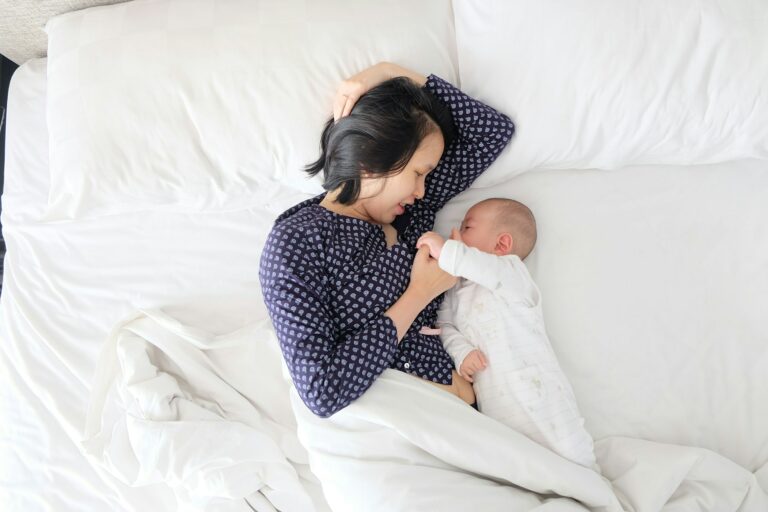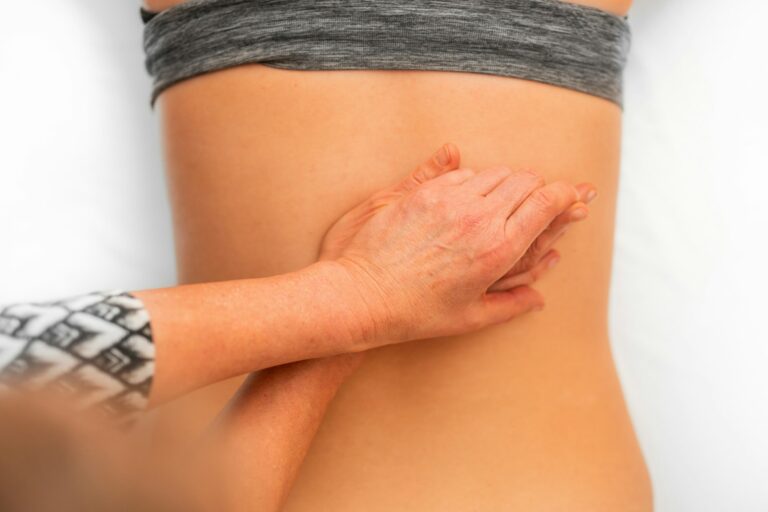Welcoming a new baby transforms every facet of daily living—suddenly, tasks once considered simple, like sleep, feeding, or just leaving the house, demand an entirely new level of preparation and forethought. Many parents find themselves awash in advice, flooded by products, and uncertain about what truly matters for the months ahead. The phrase “baby essentials for the first year” is more than a shopping list; it’s a blueprint for comfort, safety, and healthy development. Yet, between pediatric guidelines, parental anecdotes, and an ever-expanding market of gadgets, the process of equipping yourself can swing from exhilarating anticipation to outright overwhelm. What are the true priorities when it comes to sleep, hygiene, feeding, and development? How do you reconcile simplicity with thoroughness, or science with daily practicality? Let’s break down each realm—one detail at a time, mixing robust science with practical sensitivity, to give your little one the gentlest and safest welcome possible.
Creating a Safe and Nurturing Sleep Environment
A safe, restful sleep space underpins your baby’s physiological wellbeing. Many sleep disturbances in infants have traceable environmental factors. According to the American Academy of Pediatrics, a firm, breathable mattress in a crib or bassinet, free of loose bedding, reduces the risk of sudden infant death syndrome (SIDS) by providing a stable surface and unrestricted airflow. Breathable fabrics (think muslin or cotton) and wearable sleep sacks—never loose blankets for young infants—offer warmth without raising suffocation risk. Parents often wonder about co-sleepers or bassinets: these can foster proximity in the early weeks, assisting with nighttime feeds and parental reassurance, but the priority is always a space the baby can call their own, free of pillows, bumpers, and plush toys for at least the first year. Maintaining a temperature range of 68–72°F (20–22°C) helps regulate your baby’s thermal comfort during the night.
Practical Hygiene and Daily Care
Baby essentials for the first year must address not just comfort but also gentle skincare and daily health. Newborn skin—immature and prone to both irritation and dehydration—demands hypoallergenic, fragrance-free cleansers and wipes. Whether opting for disposable diapers or modern cloth alternatives, plan for 8–10 changes per day in the early months and keep a streamlined changing area with wipes, a diaper cream rich in zinc oxide, sterile compresses, and saline for nasal hygiene. Nail care deserves special mention: neonatal fingernails grow rapidly and can scratch delicate skin. Use rounded baby nail clippers or emery boards, always after bath time when nails soften. A basic first aid kit—thermometer, saline drops, and a nasal aspirator included—empowers swift, effective responses to fevers and congestion. Whether in the nursery, living room, or travel bag, organization is everything: caddies, baskets, and wipeable changing pads maintain order and accessibility.
Feeding: From Breast or Bottle to First Tastes
Nuanced, evolving, and deeply individual—feeding is a cornerstone of baby essentials for the first year. For breastfeeding families, essentials might mean a supportive nursing pillow, a breast pump to build supply or manage returns to work, breast pads for leaks, nipple cream, and properly labeled storage containers for milk. Bottle-feeding (whether formula or expressed milk) brings the need for bottles sized for age, slow-flow silicone or latex nipples, and a sterilizer for hygiene—although boiling water or dishwasher cycles may suffice. Feeding transitions dramatically around six months, when solid foods join the menu. A high chair offering good trunk and pelvic support grows with your baby into toddlerhood. Silicone bibs, soft spoons, and dishwasher-safe bowls simplify clean-up. Evidence suggests a variety of flavors and textures, introduced one by one, can foster healthy, adventurous eating in later years. Always watch for allergens and consult with a pediatrician about iron supplementation and introduction of higher-risk foods.
Clothing: Adapting to Growth and the Seasons
Few things change as quickly as a baby’s wardrobe. The reality? Your newborn will outgrow petite cotton sleep suits and onesies at a bewildering pace. Approaching baby essentials for the first year means selecting 7–10 bodysuits per size (consider both short- and long-sleeve options), pairs of stretchy pants, hats, socks, and in colder months, mittens and cozy sweaters. Prioritize soft, 100% cotton or bamboo viscose to minimize skin irritation and allow for thermoregulation. Fastenings—think: front snaps or zippers—make nighttime changes bearable. Layering is indispensable: a vest, pajamas, sweater, and sleep sack for winter; or simply a lightweight onesie for summer. Babies require minimal footwear before walking—socks or soft booties suffice.
On-the-Go: Travel and Outings
Mobility doesn’t need to halt with a newborn. In fact, with the right selections, getting outside can become rejuvenating for you and stimulating for your baby. At the heart of baby essentials for the first year sits a properly fitted rear-facing car seat, meeting all current safety standards as set by federal regulations—non-negotiable from hospital discharge onwards. A versatile stroller (lightweight, all-terrain, or travel system, depending on lifestyle), a structured or stretchy baby carrier with ergonomic support, and a diaper bag packed with wipes, changing kit, muslin cloths, and spare outfits, will see you through daily outings. For longer trips, foldable travel cribs and sunshades, along with a compact first aid kit, give peace of mind. Don’t forget: hydration (for you and baby, if old enough), weather-appropriate layers, and a favorite comfort item for soothing transitions.
Developmental and Sensory Play
Supporting your baby’s neurodevelopment is as important as feeding and hygiene. Tummy time, encouraged from day one on a soft, washable play mat or padded activity gym, promotes gross motor milestones—lifting the head, rolling, crawling—and helps prevent positional plagiocephaly (flattened head). High-contrast black-and-white visuals, soft rattles, unbreakable mirrors, and textured chewable toys (made from medical-grade silicone or natural rubber) encourage reach, grip, and exploration. The American Academy of Pediatrics underscores the value of reading aloud and singing as powerful stimulators of language development, social interaction, and emotional security. Organized storage—simple baskets or toy bins—keeps distractions at bay and allows your baby to safely discover their space as independence grows.
Bathing and Sensitive Skin Management
Cleanliness is soothing, but over-bathing can impair the natural barrier function of infant skin. Dermatologists generally advise 2–3 baths per week for newborns, ramping up frequency as babies grow and become more mobile. A compact, slip-resistant baby tub, soft washcloths, fragrance-free soap, and cozy hooded towels help to protect against heat loss and accidental slips. Medical recommendations include avoiding heavy lotions or perfumes, and for babies over six months, opting for a mineral-based sunscreen when sun exposure is unavoidable. Until then, shade and protective clothing are preferable.
Organization: The Foundation of a Calm Household
Organization is an unsung hero among baby essentials for the first year. From allocated drawers sorted by size and season to modular shelves for diapers and clothes, order reduces the time spent hunting for lost items—or improvising mid-diaper-change. A dual-function dresser that doubles as a changing table, a dedicated hamper for soiled clothes, and a lidded diaper pail can transform chaos into calmness. Nightlights, soft-glow lamps, and accessible storage for nighttime feeding or care gear support smooth transitions during those inevitable 2 AM wakeups.
Medical Safety and Babyproofing
A medical-grade digital thermometer, accurate saline drops for stuffy noses, blunt nail scissors for safe grooming, and a teether made from safe materials in anticipation of late-night teething distress are all basic supplies. As your baby rolls, crawls, and stands, safety evolves: anchored furniture, covered outlets, and soft corner guards serve as silent sentinels. Gates for stairs, non-slip rugs, and door latches all gain new relevance as mobility soars by month six or seven. For car travel, regular inspections of car seat harness fit and expiration dates are not mere formalities—they constitute true risk reduction.
Navigating Budgets and Registries
Parental concern about cost is real and valid—especially given how quickly infants cycle through clothing and gear. To manage this, break your baby essentials for the first year into clear categories: sleep, safety, feeding, hygiene, development, and travel. Prioritize high-use, safety-dependent items such as a car seat, sleep-safe crib, and feeding equipment. Registries can be strategic—focusing on foundational items first, so friends and family contribute in meaningful ways. Don’t underestimate the value of high-quality secondhand gear, particularly for clothing, play mats, and storage solutions. Reserve splurges for long-lasting or daily-use necessities.
Key Takeaways
- Baby essentials for the first year touch every aspect of new family life: sleep, safety, feeding, hygiene, organization, and development. Prioritize what you’ll truly use daily.
- Evidence-backed sleep practices—firm mattresses, safe sleeping spaces, wearable blankets—directly impact your baby’s health and reduce risks associated with SIDS.
- Gentle, science-driven skin care and hygiene routines protect vulnerable skin, while sound organization simplifies routines (and lowers collective stress).
- The right feeding supplies—whether for breast or bottle—equip you for flexibility and change, especially as you transition to solids.
- Travel and on-the-go essentials—like a rear-facing car seat and ergonomic carrier—promote exploration while protecting safety.
- Thoughtful developmental play isn’t about quantity, but about age-appropriate, sensory-rich activities that support physical and cognitive progress.
- Ongoing safety measures—first aid supplies and babyproofing—adapt as your child grows, offering constant protection.
- Address budgeting pragmatically by grouping needs and rehearsing restraint: opt for quality where it matters, and be open to tried-and-true secondhand options.
- Professional guidance—including thorough pediatrician check-ups and evidence-based resources—should be your first reference point for questions or concerns.
Remember, seeking out reliable support is a strength, not a sign of uncertainty. For personalized advice and free child health questionnaires, download the Heloa app and access expert-backed recommendations tailored for your unique journey.
Questions Parents Ask
What do I really need for my baby’s first year that isn’t obvious?
Beyond the basics—like diapers, a car seat, and clothing—some items can truly make everyday life smoother but are often overlooked. For instance, a humidifier can help maintain comfortable air quality during dry months and soothe sensitive noses. A baby monitor offers reassurance, especially if sleeping arrangements change or you’re moving about the home. Having a dedicated first aid kit designed for infants, with a digital thermometer and baby-safe saline, provides peace of mind in case of minor issues. Little extras such as pacifiers, gentle grooming tools, and soft blankets can bring extra comfort and convenience to many situations, supporting both your baby’s well-being and your own peace of mind.
Are there any baby essentials I could do without?
Absolutely, and you’re not alone in feeling unsure with so many products on offer. Many parents find that some gadgets—like bottle warmers, wipes warmers, or elaborate toys—aren’t strictly necessary and may end up unused. Babies often thrive with simple, safe items: a reliable crib, soft cotton clothing, and basic hygiene supplies are usually enough. Prioritize practicality and your daily needs; if a product seems like it won’t fit your family or lifestyle, feel free to skip it. Every family is unique, and your choices are valid.
How can I organize all the baby items without feeling overwhelmed?
It’s normal to feel a bit swamped by the sudden influx of baby gear. Try grouping items by category—feeding, changing, sleep, play—to create “stations” for different moments of the day. Use baskets, caddies, or small drawers for easy access and quick tidying. For clothing, sorting by size and season in different bins helps manage constant growth spurts. Remember, keeping essentials within arm’s reach at key spots (like the changing area or near your bed) can make all the difference during busy days or nighttime wakeups. Don’t hesitate to adjust your setup as your routines evolve; flexibility will be your best ally.









